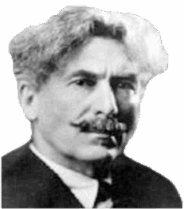Seton History
Ernest Thompson Seton: The Man and the Carberry Connection
Ernest Thompson Seton, One of ten children, was born in northern England on August 14, 1860. Seton and his parents and siblings came to Canada in 1866, when Seton was not quite six years old. They settled in Lindsay, Ontario, affording the young Seton an introduction to rural life. Childhood experiences with his brother provided Seton with a tremendous number of experiences such as learning the characteristics of different species of trees to name just one lesson. Seton acquired the beginnings of a sympathetic attitude to nature in these years.
By 1870 the family moved to Toronto to embrace urban life and it’s challenges. Exploration of the Don Valley area and the River Don excited the young Seton as he discovered the sounds of flicker, kingfisher and ducks. He approached the grouping of bird species with thoughts of needing a laboratory and museum. Seton loved to spend time on Toronto Marsh and came to appreciate the distinctions and vulnerabilities of the many species of wildlife he and his cohorts found there.
Ernest Thompson Seton chose to be a naturalist. He started out studying to be an artist, his second choice career, as this was what his father insisted he was best suited to do. After some formal art training in England, Seton returned to Canada. Shortly after this, in 1882, he headed west to Manitoba to stay with his brother Arthur at de Winton what soon became Carberry.
Ernest participated in the farm activities but found tracking, sketching and keeping daily journals of wildlife of the area much more compelling. He called the ten years that he spent parts of in the Carberry area the Golden Years of his life.
Source: Trail of an Artist-Naturalist by Ernest Thompson Seton.
